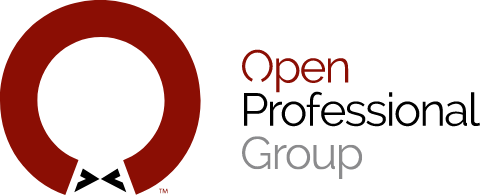OUR METHODOLOGY:
PROVEN SUCCESSFUL
Project approach and communication is 90% of what determines project success or failure… find out why.
Open Professional Group has developed a methodology for the rapid development of successful web based database software applications that has proven successful for hundreds of projects. Why, you might ask? Because it all starts with a focus on business. We don’t think there is any place for the discussion of technology until we have first understood the business needs and challenges to be solved. As we say here, “Business before Technology = Success.”
The simple fact is that most people are not technologists. And, let’s face it; whether you are the CEO, the Senior VP of Operations or an assistant who has been tasked to get a project moving; we are all people. By recognizing this we know that while you may know you have a need, that may not mean you know how to solve the challenges that create that need. So, we keep it simple. Let’s talk business, talk shop, shoot the breeze, spitball, pontificate or otherwise engage in a discussion. That’s where it all begins.
WHAT CAN WE DO FOR YOU?
To make it really simple, we have three main things we do to ensure project success. Yes, there are some details for each, but these are the main points.
